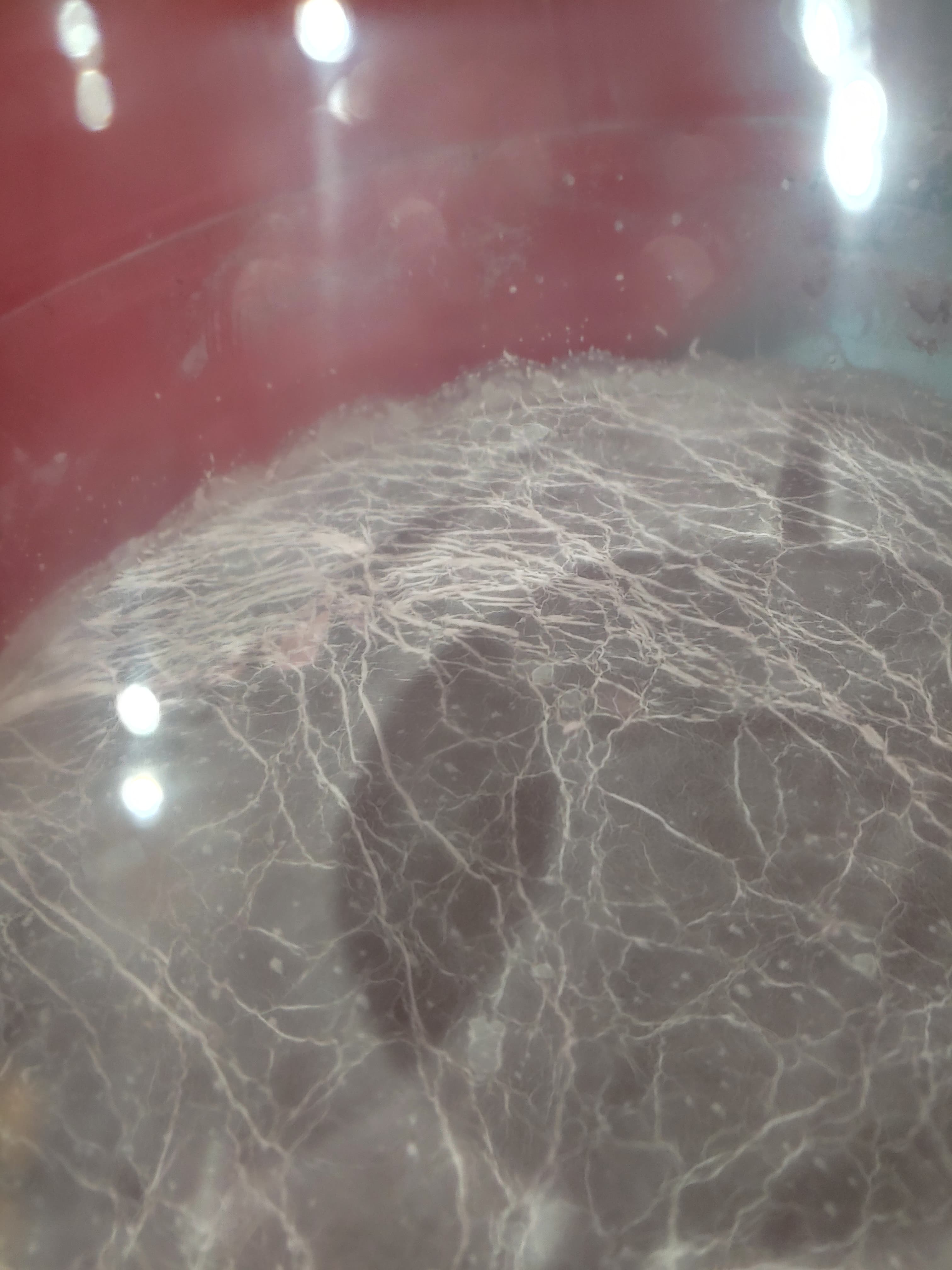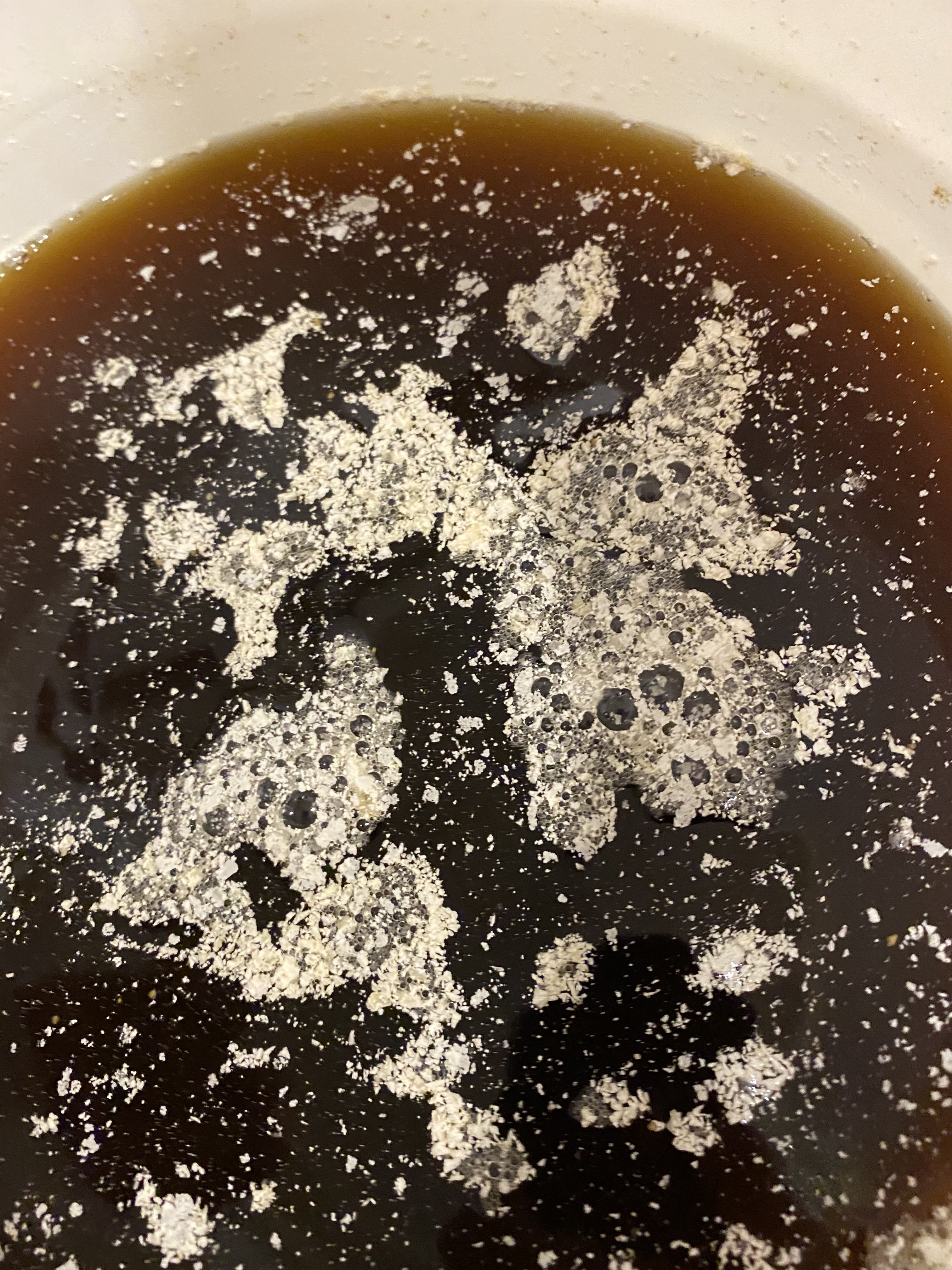View attachment 702675
Maple wine. 2 months in the secondary.
I keep reading that I should replace equipment used to make an infected batch. Does this include glass?
The wine looks great, so does the picture!
Maybe it isn't so bad, taste it! the pellicle (white floaty islands) are harmless.
Chances are the infection (and its flavor profile) will increase, so drink it while you still can and it being enjoyable.
Secondaries really should be filled to 1" under the bung, to reduce headspace (and thus oxygen).
Is this a gallon jug?
Just clean your equipment thoroughly (
generic Oxiclean, or
homemade PBW). Either can be fortified with a small amount of lye (drain opener), and use suitable brushes where it's safe, such as glass, some plastics, then sanitizing well (Iodophor or Starsan).
I've been using non scratching nylon "scouring pads" (Dollar Store, 10/$1) tacked onto a stiff nylon hand brush (same source, $1) to clean equipment, including inside plastic buckets. Works like a charm, and no scratches.
You could then place stuff in your yard, exposed to bright direct sunlight for a few days. UV kills a lot of stuff sanitizers may not, or quite. I've saved a few brew buckets that way that looked beyond recovery. Make sure the sun reaches the inside surfaces directly.
Any vinyl tubing I would replace if you don't have the patience, dedication, and (long) tubing brushes, to clean them thoroughly. It's a lot cheaper than a new batch of wine.
I still use the same 3' of vinyl racking tubing from my first brew, almost 11 years ago. It's tinted yellow/greenish from the hops oils that have gone through it over the years.






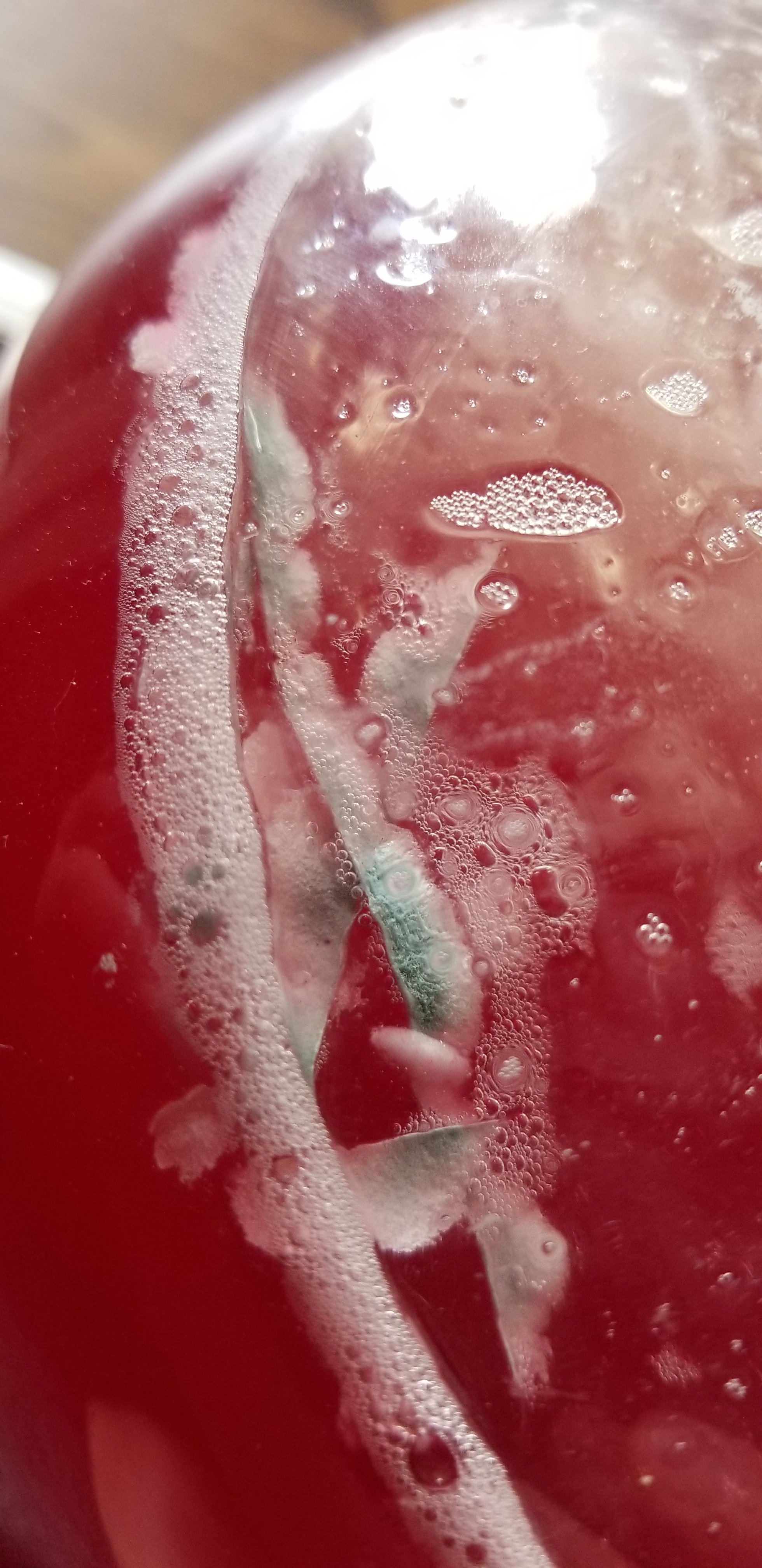
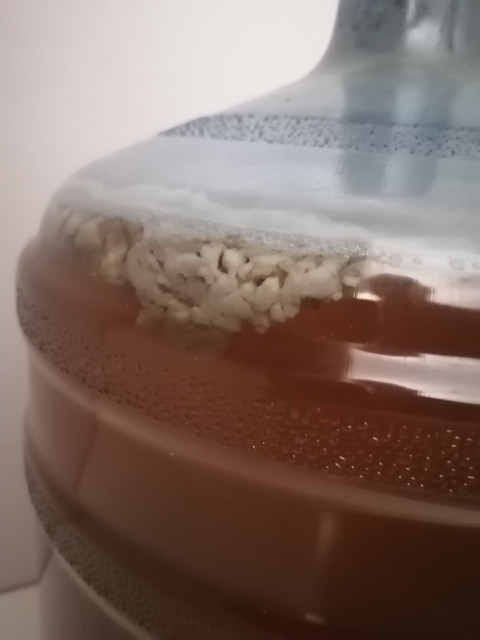
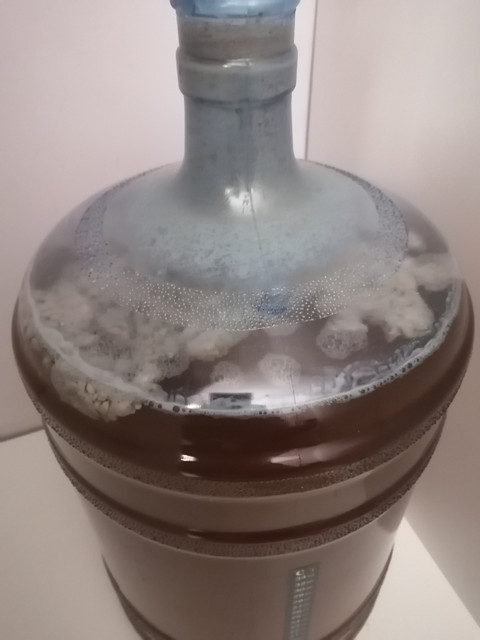























![Craft A Brew - Safale S-04 Dry Yeast - Fermentis - English Ale Dry Yeast - For English and American Ales and Hard Apple Ciders - Ingredients for Home Brewing - Beer Making Supplies - [1 Pack]](https://m.media-amazon.com/images/I/41fVGNh6JfL._SL500_.jpg)
































